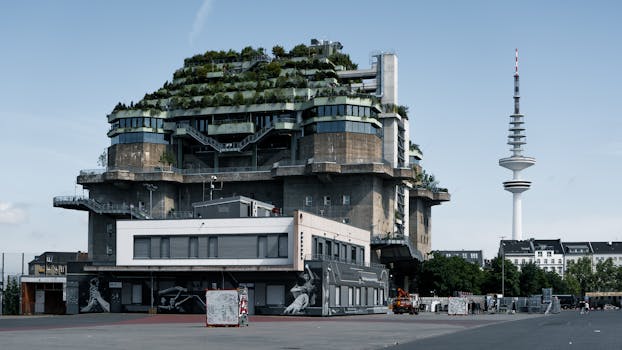
Sustainable Cities: How Europe is Shaping Eco-Friendly Lifestyles by 2025
Introduction to Sustainable Cities
Sustainable Cities, Europe is at the forefront of a revolution in urban planning and development, with a focus on creating eco-friendly lifestyles and reducing environmental impact. As the world grapples with the challenges of climate change, pollution, and resource depletion, European cities are taking bold steps to create a better future for their citizens. In this article, we will explore the initiatives and innovations that are shaping sustainable cities in Europe and how they are expected to impact the environment and quality of life by 2025.
European Initiatives for Sustainable Cities
Several European cities have launched initiatives to reduce their carbon footprint and create more sustainable environments. For example, Copenhagen has set a goal to become carbon neutral by 2025, while Stockholm has implemented a congestion tax to reduce traffic and encourage the use of public transport. Other cities, such as Amsterdam and Barcelona, have invested heavily in green infrastructure, including parks, green roofs, and green walls.
Green Infrastructure and Transportation
Green infrastructure is a key component of sustainable cities, providing numerous benefits for both the environment and human health. European cities are incorporating green spaces into their urban planning, including parks, gardens, and green roofs. These spaces not only help to reduce air pollution and mitigate the urban heat island effect but also provide habitats for wildlife and opportunities for recreation and socialization.
Energy Efficiency and Renewable Energy
Energy efficiency and renewable energy are also crucial components of sustainable cities. Many European cities have set targets to reduce their energy consumption and increase their use of renewable energy sources, such as wind and solar power. For example, the city of Munich has set a goal to become 100% powered by renewable energy by 2025, while the city of Vienna has implemented a smart grid system to optimize energy distribution and reduce energy waste.
Conclusion
In conclusion, European cities are leading the way in sustainable city development, with a focus on eco-friendly lifestyles and green initiatives. By 2025, many European cities will have implemented innovative solutions to reduce their environmental impact and improve the quality of life for their citizens. As the world continues to urbanize, the importance of sustainable cities will only continue to grow, and Europe’s leadership in this area will be crucial in shaping a more sustainable future for all.





